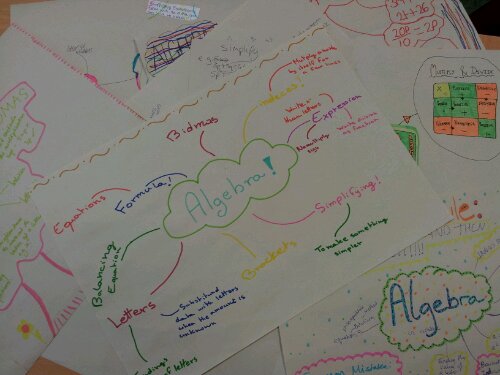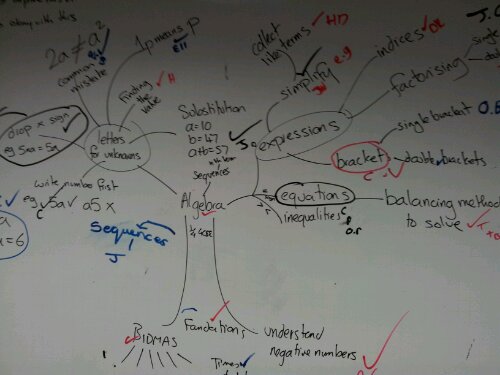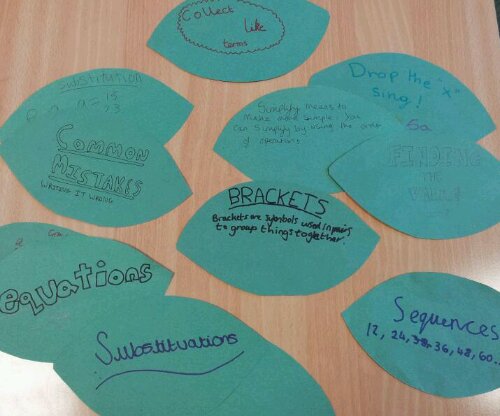Welcome to the second day of chrismaths!
Today we give you Doves…

(Image credit: Talismancoins.com)
Download the second day here:
On the second day of christmas

Welcome to the second day of chrismaths!
Today we give you Doves…

(Image credit: Talismancoins.com)
Download the second day here:
On the second day of christmas
I’m not going tinsel crazy yet – I’m just giving you, the reader, a resource a bit early to allow for printing and planning. We have a big noticeboard in the Maths Dept and I thought that this year it would be nice to have a temporary Christmas display: Welcome to the ‘Twelve Days of Chrismaths’!
I will be uploading twelve vaguely christmas related, corny christmas posters, starting today. I’m going to put one up each weekday in school, from 2nd December onwards. You might want to make this into a competition and get students to submit solutions to all the puzzles. You might want to use them as a class activity in the last week of term. Whatever you choose to do, come back each day for the next puzzle.
Back in post 73: ‘Calculators: The New Hope’ I discussed using a simple worksheet to identify issues with calculators and to get students to write their own help guide. That worksheet is now available in pdf format: How to use a Calculator. There is also a new link on the original post.
Note: Even if your school doesn’t use that particular make/model of calculator it’s still a good discussion resource or starting point for your own worksheet.
Do you know that feeling when you are starting a topic which is building on existing knowledge and you are not sure how much to recap? Too much recap and they start the topic bored, too little recap and the new work is too difficult. What to do?
To quote an old UK TV ad: “I want to be a tree!” (Prudential, 1989).
I have a bright class of 13/14 year olds and needed to start some algebra work. We ended up making a tree.
Equipment
Activity 1
In small groups, pupils draw mindmaps for the word ‘Algebra’. Encourage them to group or link topics.

Activity 2
Collect the answers on the main board. Any concepts which are not specifically algebra can be categorised as foundation skills eg understand calculating with negative numbers.

Activity 3
Split the diagram into parts:
Stones: foundation skills which are essential for algebraic success
Branches: subdivisions of algebra
Leaves: specific topics or objectives

Activity 4
Assign the different stones, branches, leaves and fruit to pupils to complete.
Activity 5
Assemble your tree. I added an owl and a disembodied voice asking ‘which careers need algebra?’. My branch labels were quickly covered by leaves, so I substituted extra leaves with these labels instead.
Variation
This could work for any topic in any subject. Imagine how good a tree lined corridor would look – a new tree for every area of study.
Review
I moved around the room chatting to pupils as they worked and got a good idea for where I need to start the next lesson. The pupils now have a visual representation of how algebraic concepts link and overlap. In hindsight, I’d probably make the leaves and fruit smaller so that links are clearer.
Show me your learning trees on twitter and I’ll share them on here. @Ms_KMP
In post 104 I mentioned a rather splendid traffic light percentages trail by Whidds (“Percentages shout out”). This week I decided to create my own traffic light trail.
How it works
Each card has three questions on it. Green is easy, amber is okay, red is challenging. Pupils write down the card number and which colour they are attempting. Pupils are free to choose the level of difficulty – however the teacher can direct them to harder/easier questions as appropriate.
My trail is about division:
Green = Division based on understanding of multiplication tables.
Amber = Short division, no remainders
Red = Same digits as amber, but with a decimal divided by an integer
Download the Division traffic light trail.
Running the activity
My cards are actually powerpoint slides. I started by showing the class the first question and explaining how to choose and answer. I printed out the question slides 2 per sheet of A4 to make roughly A5 cards.
Of course, there was a twist – I hid the cards around my room and in the corridor. A helpful (tall) sixth former had even stuck one on the ceiling for me! There was a real feeling of enthusiasm as the class searched for and answered the cards. One pupil finished the whole trail very quickly, so he was sent around again. I suggested amber questions, he went for red cards and was very successful.
You might decide to award points for level of difficulty for an additional level of competition.
At the end of the activity, I showed the final slide of the presentation: colour coded answers. They marked their own work.
Review
I was really pleased by the increased level of engagement throughout the class. And burning off some surplus energy didn’t do any harm either!
This post is a progress report on the learning wall from the post 160.
I gave Year 11s (post GCSE group) A4 templates and objectives from the Y7 scheme of work. Their job was to write a clear explanation and address common misconceptions. They were free to use any resource in the room or on the internet to help them.
Here are some examples of their work:
They would make a great wall display on their own. If you want to use this template you can download it here: Student template.
The next task is to put their explanations onto help cards. The idea is to have the explanation and a question on the front of each card and the misconceptions and worked solution on the back. I will also have the chance to correct any errors before they reach the wall.
So far, so good …
How much time do you waste looking for where you last marked a book? If you are doing work sampling, how can you quickly get a feel for how often books are marked?
This is a genius idea that my colleagues came up with: simply wrap a sticker around the page.
Our stickers are a picture of a page with a tick. Some classes stick their stickers in as part of their self-assessment before the teacher marks their book.
So quick, so simple … I’m so lucky to work with such inspirational teachers!